Well, ladies and gents!
In my previous article we talked about the Upper Servants of a Regency Era’s household. So today’s topic is about the Lower Servants and I believe you’ll find this information very interesting!
All you have to do is keep reading…
A footman’s job was, in fact, demanding and varied.

They announced the visitors so they would have to be tall, imposing and good-looking. They served meals and accompanied the family outside the house, especially when the latter wanted someone to carry their packages when they went shopping. Their duties also included roles where they would have to act as a bodyguard or a bouncer.
The Housemaids’ job was, by no means, easy. They were responsible for carrying coal, lighting fire, heating water for washing and bathing and carrying it upstairs to the bedrooms. They also cleaned the chamber pots, changed bed linens, drew the curtains, and scrubbed the floors.
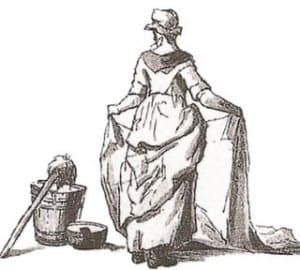
Large households made a distinction between upper and lower maids and that had to do with how the ladies looked. For example, the upper housemaids were expected to be more presentable in terms of appearance and manners as they performed duties that required direct interaction with the family and visitors. The decoration of the house was one of their responsibilities.
However, lower housekeepers were responsible for the heavier and dirtier work. This meant that they would have to be dynamic and hard working.
As I mentioned in my previous article, ladies during the Regency Era did not cook for their own families—they had a cook or a chef.
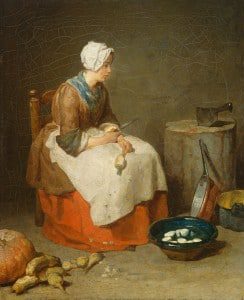
Kitchen maids were under the supervision of the cook or chef. They lit the stoves and helped with meal preparation. Cleaning up was the scullery maids’ job.
In the lower rank of the hierarchy were the scullery maids and laundry maids. They were very young girls that occupied the lowest rank of the female servants and they were hired to do mainly the dishwashing.
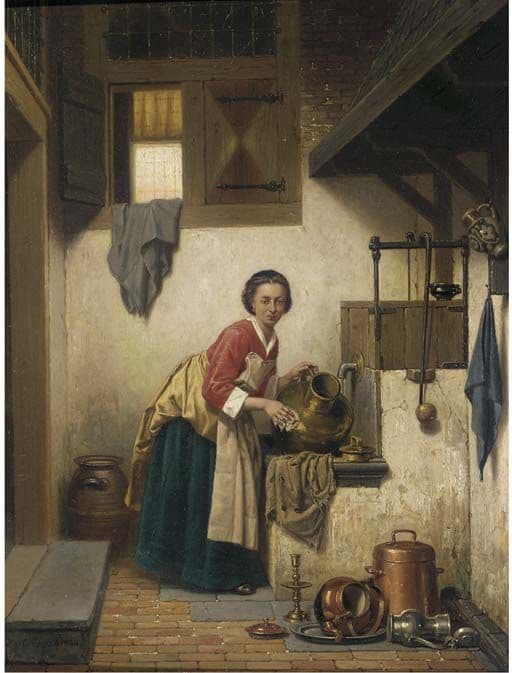
The only cleansing materials at the time were harsh abrasives like sand and lye. Scullery maids often worked long hours cleaning the hundreds of dirty dishes generated from multi-course dinner parties.
Contrary to large households where employees were are under a particular hierarchy, in less wealthy households, a single woman—a maid-of-all-work—would perform all of the above tasks.

They worked many hours in the day, usually from 6 am until 11 pm for about two shillings per week. Up until the famous Victorian times, the three-fifths of all maids were maids-of-all-work.
A very common thing during the Regency Era was the employment of specialty maids for specific tasks.
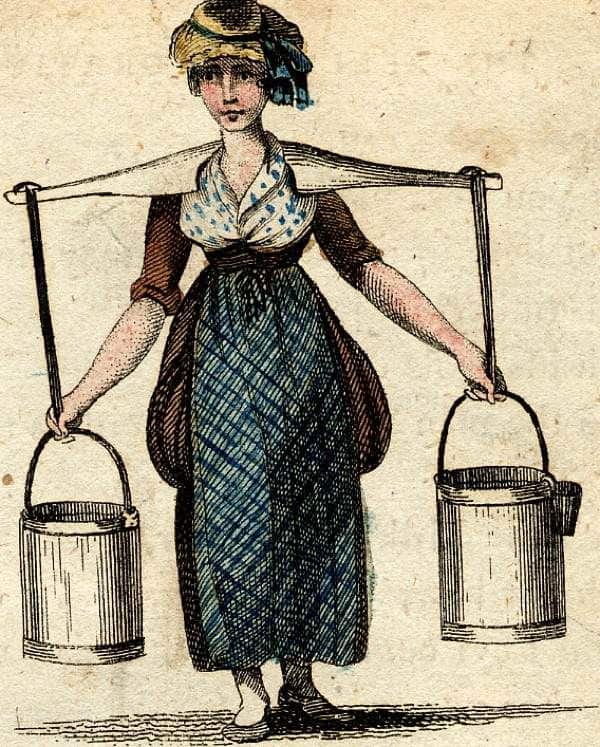
Dairymaids or milkmaids milked cows and churned butter on country estates.
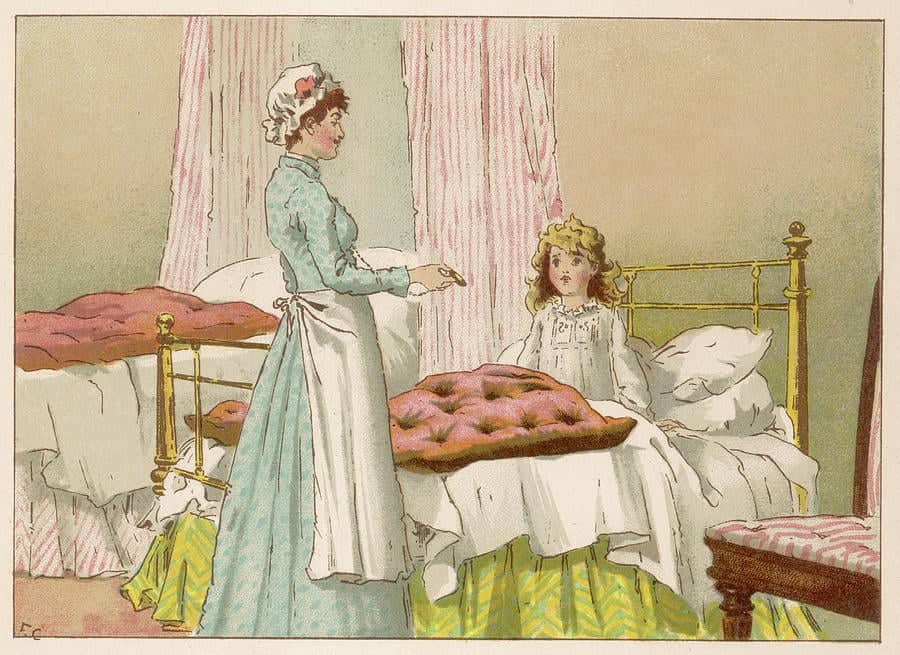
Nursemaids were usually under twenty years of age and were the only female servants who spent most of their time outside the house, as they took the children for daily walks.
In addition to what was mentioned above, there was also staff for outdoor jobs.
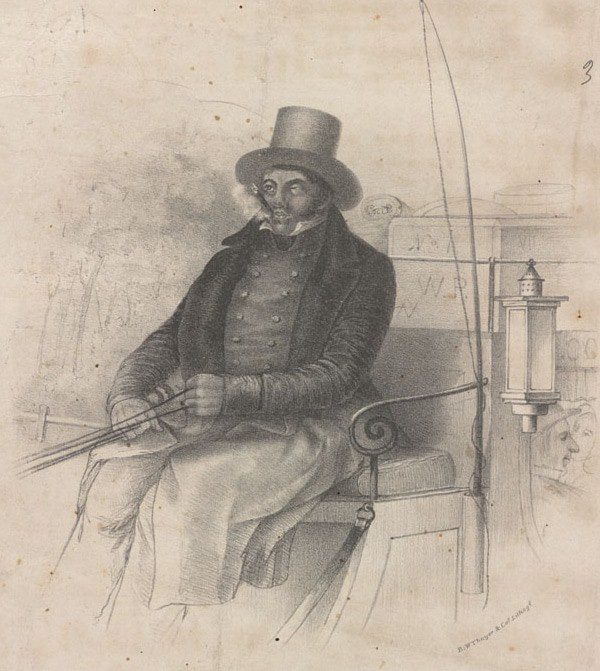
These job positions included coachmen—who both cared for and drove the coaches—and grooms that were responsible for the horses.
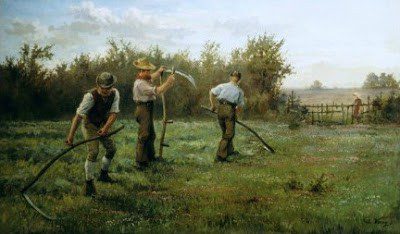
There was often a gardener, who would also have some assistants with him, but that was mostly for homes with extensive grounds.
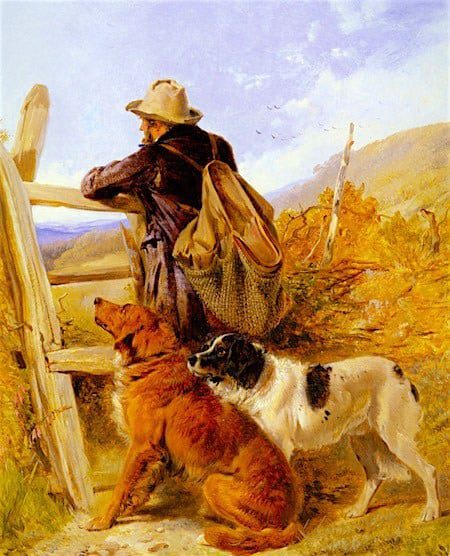
Country estates often employed a gamekeeper who used to breed and feed game. The gamekeeper’s remote cottage often served as an oh-so-convenient haven for the hero and heroine when they were out during storms!
Well, thank you for reading this article of mine! Please let me know your thoughts about it—did you enjoy it?
If there is anything else you’d be interested in reading about the Regency Era, feel free to let me know…
…and who knows? Maybe you will read about it soon!
Written by Olivia Bennet

 Share this book
Share this book